Jerusalem sages, or Phlomis, are perennial plants both hardy and attractive. Valued for their magnificent flowering and generally evergreen foliage, Phlomis add a touch of elegance to any garden — but perhaps you fancy planting more in your garden or sharing their beauty with friends or neighbours? Good news: multiplying Phlomis is a fairly simple process that can be carried out in three different ways: propagation by cuttings, division and sowing.
In this tutorial, we will guide you step by step through each of these methods.
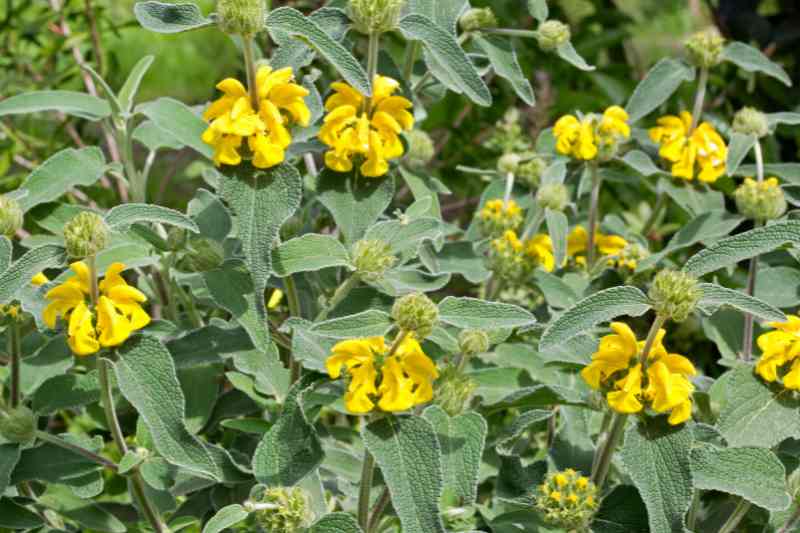
A quick word about Phlomis...
The Phlomis or Jerusalem sage form a genus of herbaceous, or more rarely shrubby, plants belonging to the family Lamiaceae. Mainly native to the Mediterranean basin, these perennials — including the well known Phlomis russeliana — are prized for their ornamental beauty and adaptability to a range of growth conditions.
Phlomis are characterised by their generally villous leaves and their flowers in clusters or spikes. These flowers can vary in colour depending on species, ranging from bright yellow (in Phlomis fructicosa) to pale pink or violet (as in Phlomis tuberosa). Some Phlomis species are also known for their evergreen leaves, such as the Phlomis samia, which provide year-round greenery in the garden.
These plants are valued for their drought tolerance and ability to cope with poor soils. They generally thrive in sunny spots, though they can tolerate light shade.
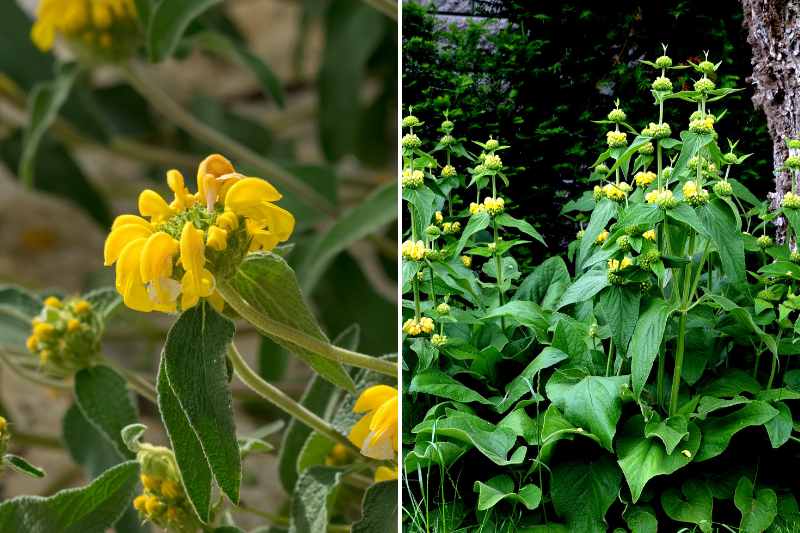
Different methods to multiply Phlomis
Phlomis can be multiplied via different methods, notably sowing, clump division or propagation by cuttings. Each method has its own advantages and specific requirements.
Sowing
Sowing Phlomis is so easy the plant often manages on its own. It is not uncommon to find "baby" Phlomis at the base of the parent plant. Nevertheless, if you wish to sow them yourself, that is perfectly possible. Collect the large seeds in autumn or when pruning back old flower stems in spring, then sow them in April in a seed tray in a light substrate kept moist but not waterlogged. Germination takes around four weeks on average. At the "leaf rosette" stage, you can repot them into a bucket or plant them directly in the ground.
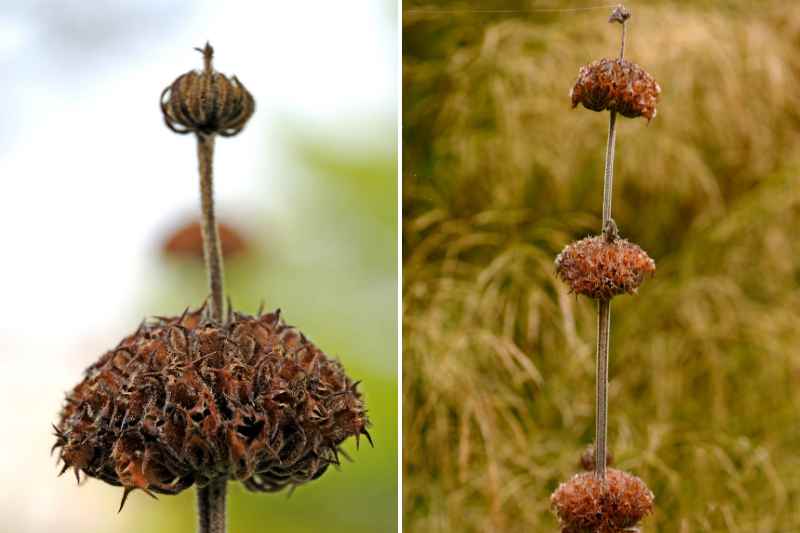
Propagation by cuttings
Propagation by cuttings is possible and gives good results.
- Preparing the cutting: In June, select a healthy stem of your Jerusalem sage and cut a cutting 15–20 cm long. Make sure your cutting has several nodes on the stem — that is where roots will form. Remove all lower leaves and any flowers or buds and keep only two leaves. This way the cutting can continue photosynthesis while minimising water loss through transpiration.
- Preparing the substrate: Fill a pot with a mix of potting compost and sand or perlite to ensure good drainage. Water this very light substrate before inserting your cuttings.
- Planting the cutting: Use a pencil or stick to make a hole in the compost and insert the cutting. Ensure the stem nodes (where leaves were removed) are below the soil surface. Firm the soil gently with your hands around the cutting so it stays in place and the substrate is in good contact with the stem.
- Care: Place the pot in a bright spot but out of direct strong sunlight. Keep the soil moist by watering regularly, but avoid overwatering.
- Transplanting: Once the cutting has developed a robust root system (you can check by gently tugging to see if it resists), it is ready to be transplanted into a larger pot or directly into your garden, in a sunny spot with well drained soil.
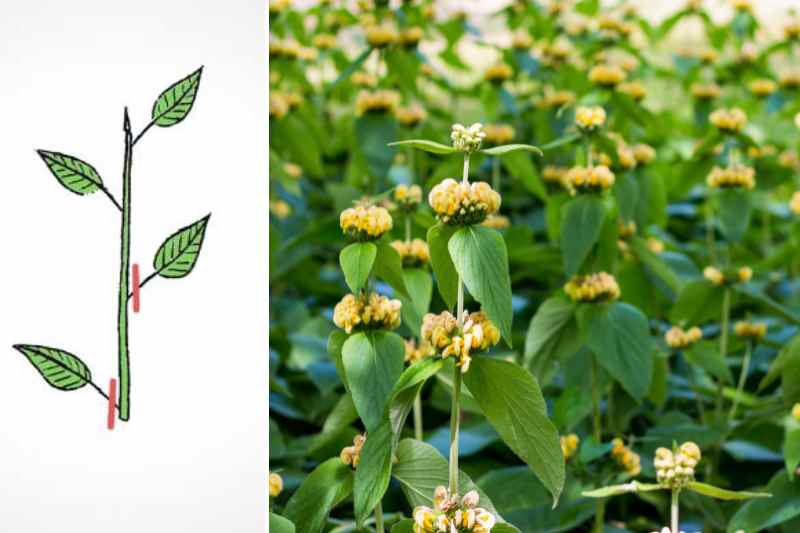
Clump division
Dividing a Phlomis clump is an effective propagation technique to create new plants from a specimen several years old and well established in the garden. It involves separating a mature plant into two or more sections, each with sufficient roots to support new growth. It is a quick and relatively easy method to increase your plant numbers and to rejuvenate a perennial that has become less floriferous.
- Choose the right time: The best time to divide a Phlomis is generally in early spring or autumn, when the plant is still in dormancy or has finished flowering.
- Prepare the soil: Prepare the soil where you plan to plant the new divisions by digging and adding compost.
- Divide the plant: Use a spade or garden fork to lift the Phlomis clump, taking care not to damage the roots. Once lifted, separate the roots gently with your hands or a sharp knife if necessary. Each division should have viable roots and stems.
- Replanting: Plant the divisions in the prepared soil, spacing them adequately to allow for future growth. Water well after planting to avoid potential air pockets between roots and soil.
- Care: Keep the soil around the new divisions moist but not waterlogged. Within a few weeks you should see new shoots emerge.
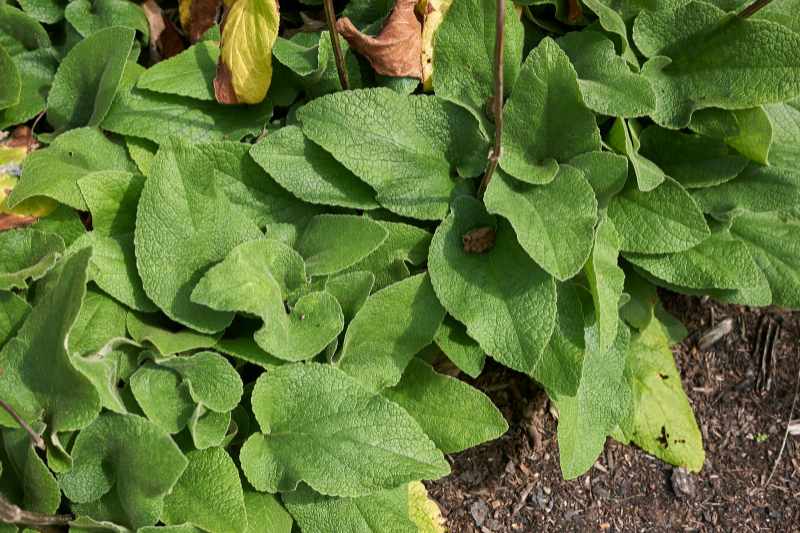
Equipment required
For taking cuttings:
- Clean, sharp pruning shears to take the cutting.
- A pot or a growing tray.
- A compost for cuttings or a mix of potting compost and sand or perlite for good drainage.
For dividing:
- A spade or a digging fork to lift the plant.
- A clean, sharp garden knife if needed to separate roots.
- A watering can to water the replanted pieces well.
For sowing:
- A seed tray or pots.
- A seed and cutting compost
- A watering can or a sprayer































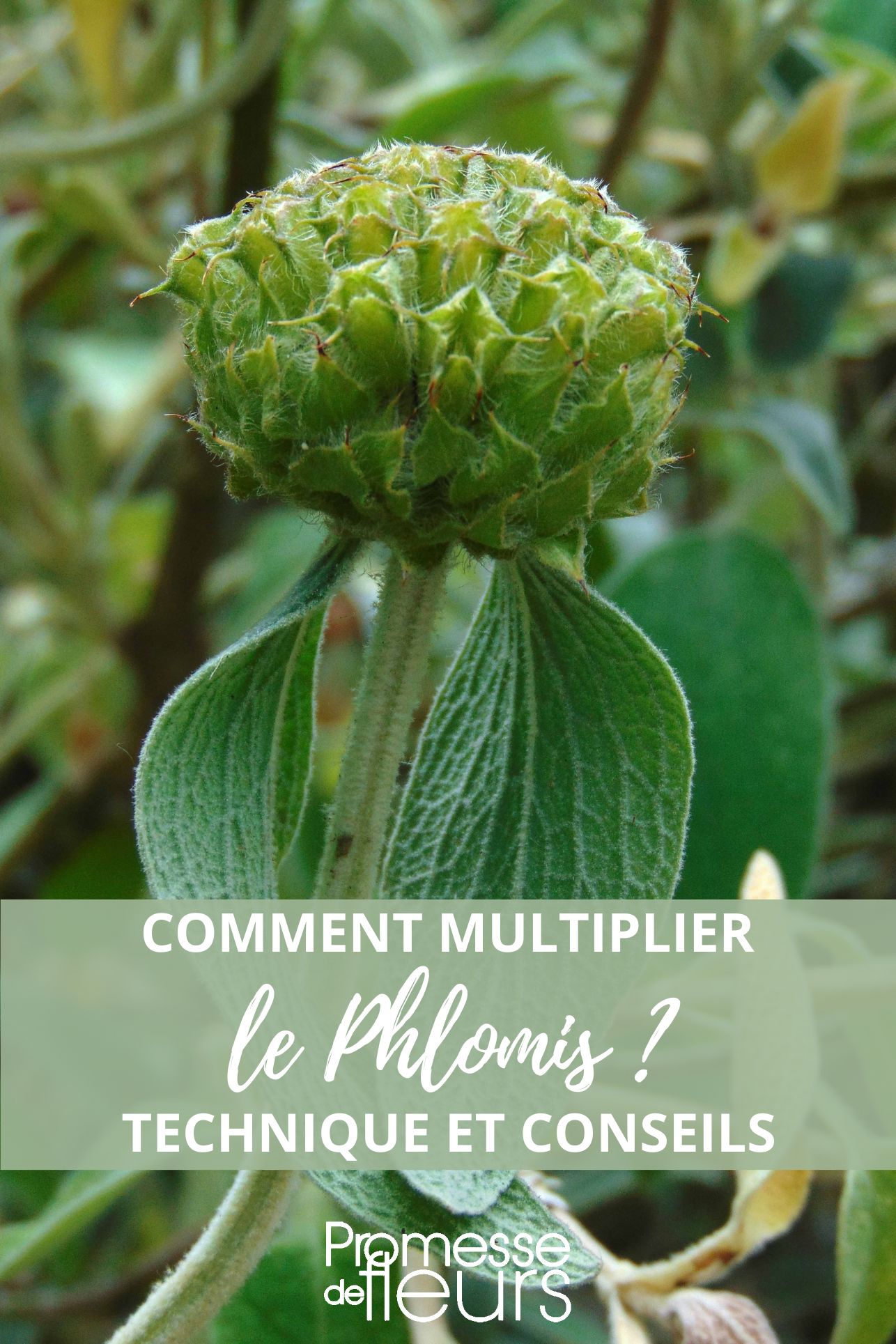
Comments